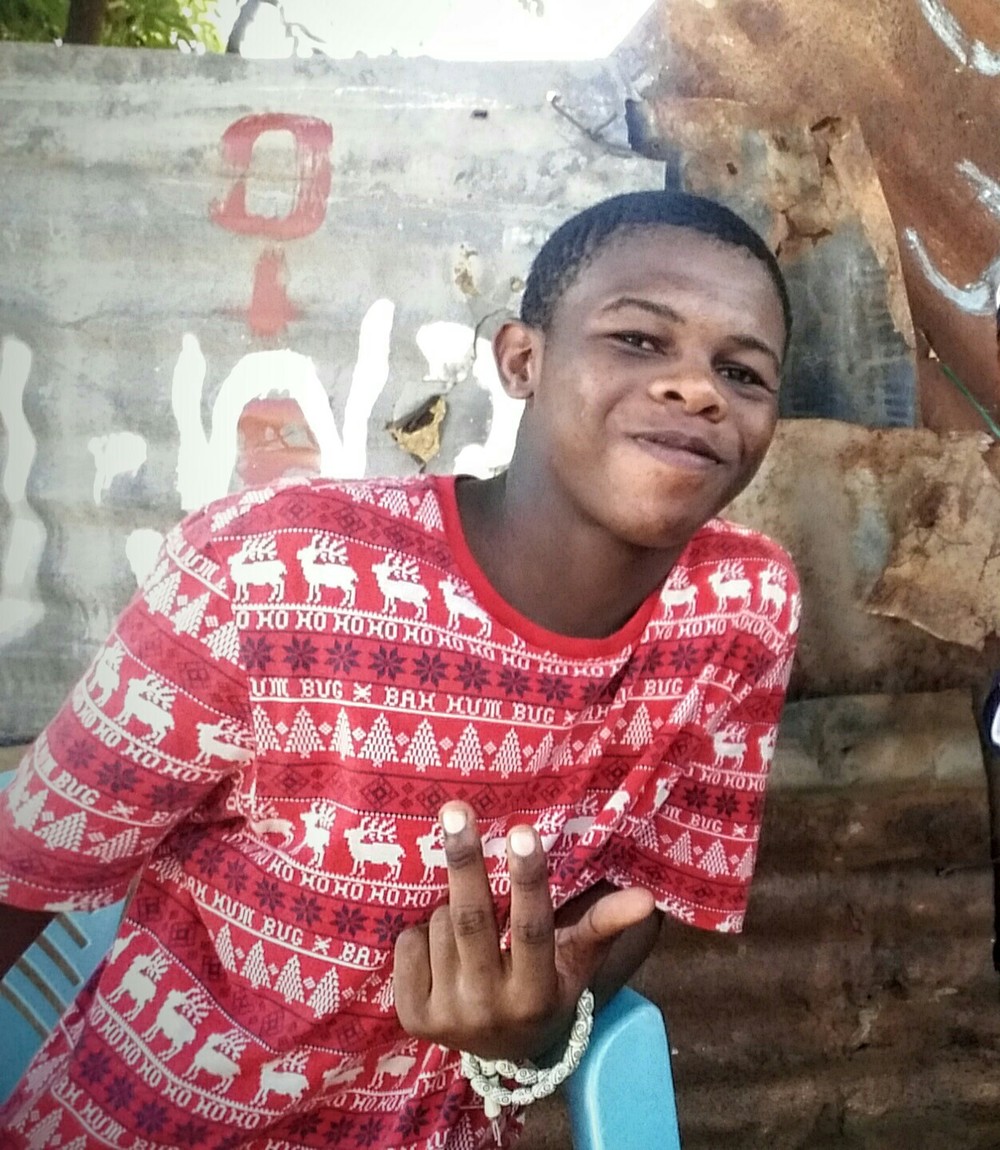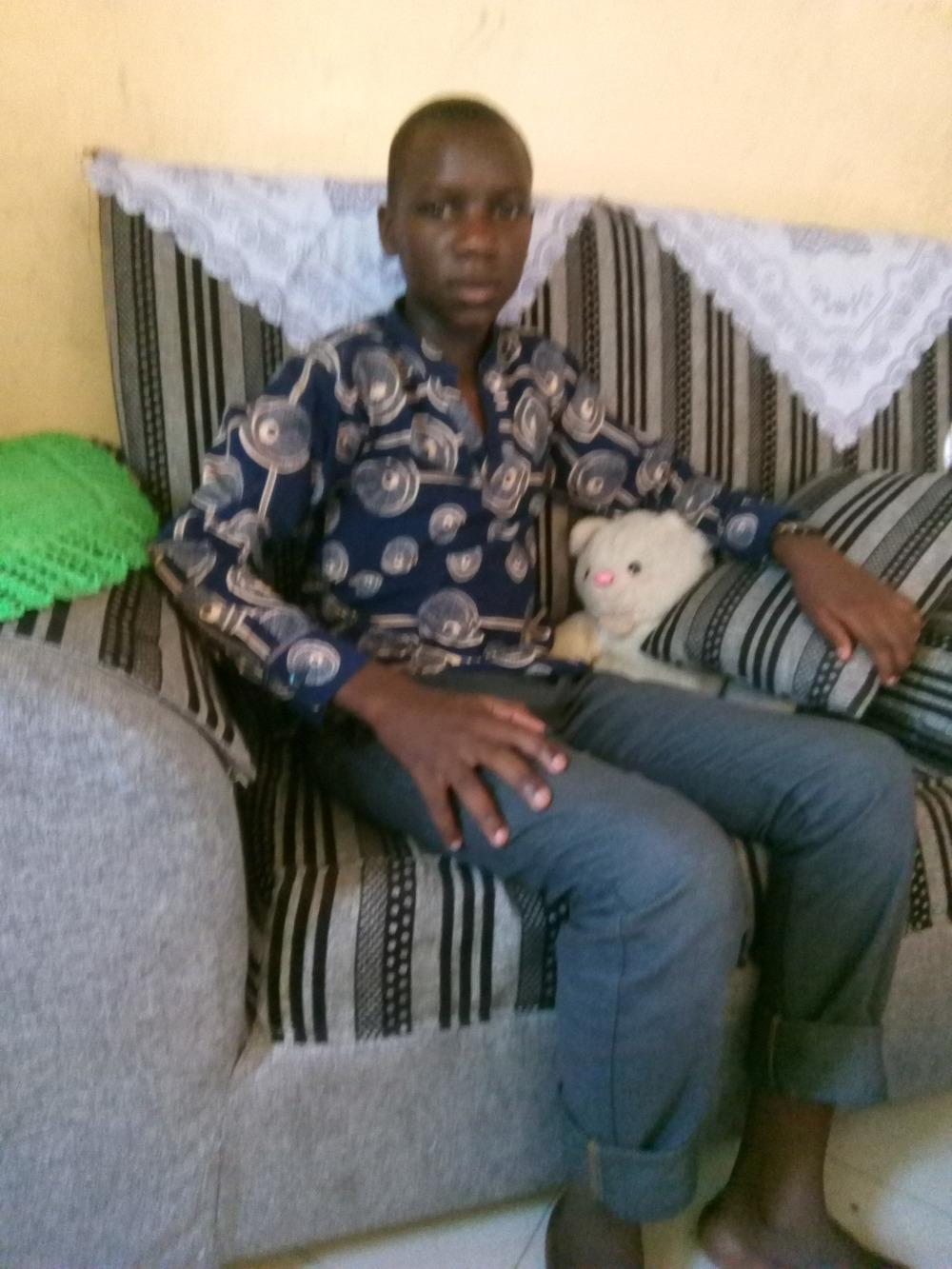i want to know about blood vessels
Balance Of Nature
- What is the name given to osmosis, active transport and diffusion
Comments

Comments
Coordination is ability of an organisms to detect changes from internal and external environment and respond to that changes
c00dination is the working together of organs in an organism in a proper manner to respond to the stimulus

Comments
THE IMPORTANT OF DECOMPOSITION IS TO RETURN NUTRIENTS FROM THE DEAD ORGANIC BODY BACK TO THE SOIL FOR THE USE OF OTHER ORGANISMS LIKE THE PLANTS AND BACTERIA THIS HELPS TO MAINTAIN THE CIRCULATION OF NUTRIENTS TO THE FOOD CHAIN

Growth
What the difference between meiosis and meitosis process. Six pont
Comments
Meiosis is how eukaryotic cells (plants, animals, and fungi) reproduce sexually. It is a process of chromosomal reduction, which means that a diploid cell (this means a cell with two complete and identical chromosome sets) is reduced to form haploid cells (these are cells with only one chromosome set). The haploid cells produced by meiosis are germ cells, also known as gametes, sex cells or spores in plants and fungi. These are essential for sexual reproduction: two germ cells combine to form a diploid zygote, which grows to form another functional adult of the same species.
The process of chromosomal reduction is important in the conservation of the chromosomal number of a species. If chromosome numbers were not reduced, and a diploid germ cell was produced by each parent, then the resulting offspring would have a tetraploid chromosome set: that is, it would have four identical sets of chromosomes. This number would keep increasing with each generation. This is why the chromosomal reduction is vital for the continuation of each species.
Meiosis occurs in two distinct phases: meiosis I and meiosis II. There are many similarities and differences between these phases, with each phase producing different products and each phase being as crucial to the production of viable germ cells.
What Happens Before Meiosis?
Before meiosis, the chromosomes in the nucleus of the cell replicate to produce double the amount of chromosomal material. After chromosomal replication, chromosomes separate into sister chromatids. This is known as interphase, and can be further broken down into two phases in the meiotic cycle: Growth (G), and Synthesis (S). During the G phase proteins and enzymes necessary for growth are synthesized, while during the S phase chromosomal material is doubled.
Meiosis is then split into two phases: meiosis I and meiosis II. In each of these phases, there is a prophase, a metaphase, and anaphase and a telophase. In meiosis I these are known as prophase I, metaphase I, anaphase I and telophase I, while in meiosis II they are known as prophase II, metaphase II, anaphase II and telophase II. Different products are formed by these phases, although the basic principles of each are the same. Also, meiosis I is preceded in interphase by both G phase and S phase, while meiosis II is only preceded by S phase: chromosomal replication is not necessary again.
The Phases of Meiosis I
After Interphase I meiosis I occurs after Interphase I, where proteins are grown in G phase and chromosomes are replicated in S phase. Following this, four phases occur. Meiosis I is known as reductive division, as the cells are reduced from being diploid cells to being haploid cells.
1. Prophase I
Prophase I is the longest phase of meiosis, with three main events occurring. The first is the condensation of chromatin into chromosomes that can be seen through the microscope; the second is the synapsis or physical contact between homologous chromosomes; and the crossing over of genetic material between these synapsed chromosomes. These events occur in five sub-phases:
Leptonema – The first prophase event occurs: chromatin condenses to form visible chromosomes. Condensation and coiling of chromosomes occur.
Zygonema – Chromosomes line up to form homologous pairs, in a process known as the homology search. These pairs are also known as bivalents. Synapsis happens when the homologous pairs join. The synaptonemal complex forms.
Pachynema – The third main event of prophase I occurs: crossing over. Nonsister chromatids of homologous chromosome pairs exchange parts or segments. Chiasmata form where these exchanges have occurred. Each chromosome is now different to its parent chromosome but contains the same amount of genetic material.
Diplonema – The synaptonemal complex dissolves and chromosome pairs begin to separate. The chromosomes uncoil slightly to allow DNA transcription.
Diakinesis – Chromosome condensation is furthered. Homologous chromosomes separate further but are still joined by a chiasmata, which moves towards the ends of the chromatids in a process referred to as terminalization. The nuclear envelope and nucleoli disintegrate, and the meiotic spindle begins to form. Microtubules attach to the chromosomes at the kinetochore of each sister chro

Genetics
The first law of Heredity which is the law of segregation states that the characteristics of living organisms are determined by hereditary factors which occur in pairs and only one pair of such factors can be represented in a single gamete.Can some one tell me what the second law of heredity states?
Comments
duuh we nomaa you are a genius keep it up, lazima uje kuwa doctor or else kuna mkono wa mtu

Comments
We are recceive you in a great happy
and if you will practise well I will prize a re-ward

Comments
Is condition in which two muscles works opposite to each other (when triceps contract bicept relax)
antagonistic muscle action is the an ability of the tricep to contract and the bicep to relax

Comments
there are four bases of DNA and RNA are:Adenine(A),Guanine(G),Crytosine(C)Thymine(T)
Bases are the part of DNA that stores information and gives DNA the ability to encode phenotype, a person's visible traits.

Comments
The gymnosperms, also known as Acrogymnospermae, are a group of seed-producing plants that includes conifers, cycads, Ginkgo, and gnetophytes.

Comments

Introduction To Biology
how bios is related to agriculture and medicine
Comments
Biology by definition we can say that biology is the study of life and living organisms. Agriculture depends highly on biology for selection of suitable seeds and breeds of livestock.Also biology helps pharmacist to design medicine and knowing their effects on living organisms

Comments

Comments
This is the problem which occur when thers blood confusion eg. A person with Blood group A to be given blood group B this makes aggulation tus leads blood to clotte inside the body and can cause death

Comments
a segment of a tapeworm containing both male and female reproductive organs.

Comments
this is also known as survival for the fittest this when the natural mechanism tends to favour an indivual example of natural selection is when two people take the same medicine but one seems to be affected bz the medicine while the other seems to not be affect but the medicine thus the medicine has naturally selected....i think so aint sure

Comments




_1671353403747.jpg)














_1470040179220.png) Bookkeeping
Bookkeeping  Commerce
Commerce  Girls Leadership
Girls Leadership _1472117855120.png) Life Skills
Life Skills 





stephano lyankuba
the blood vessel are narrow tube that used in transportation of blood in the part of the body either in human or other living organism like animal